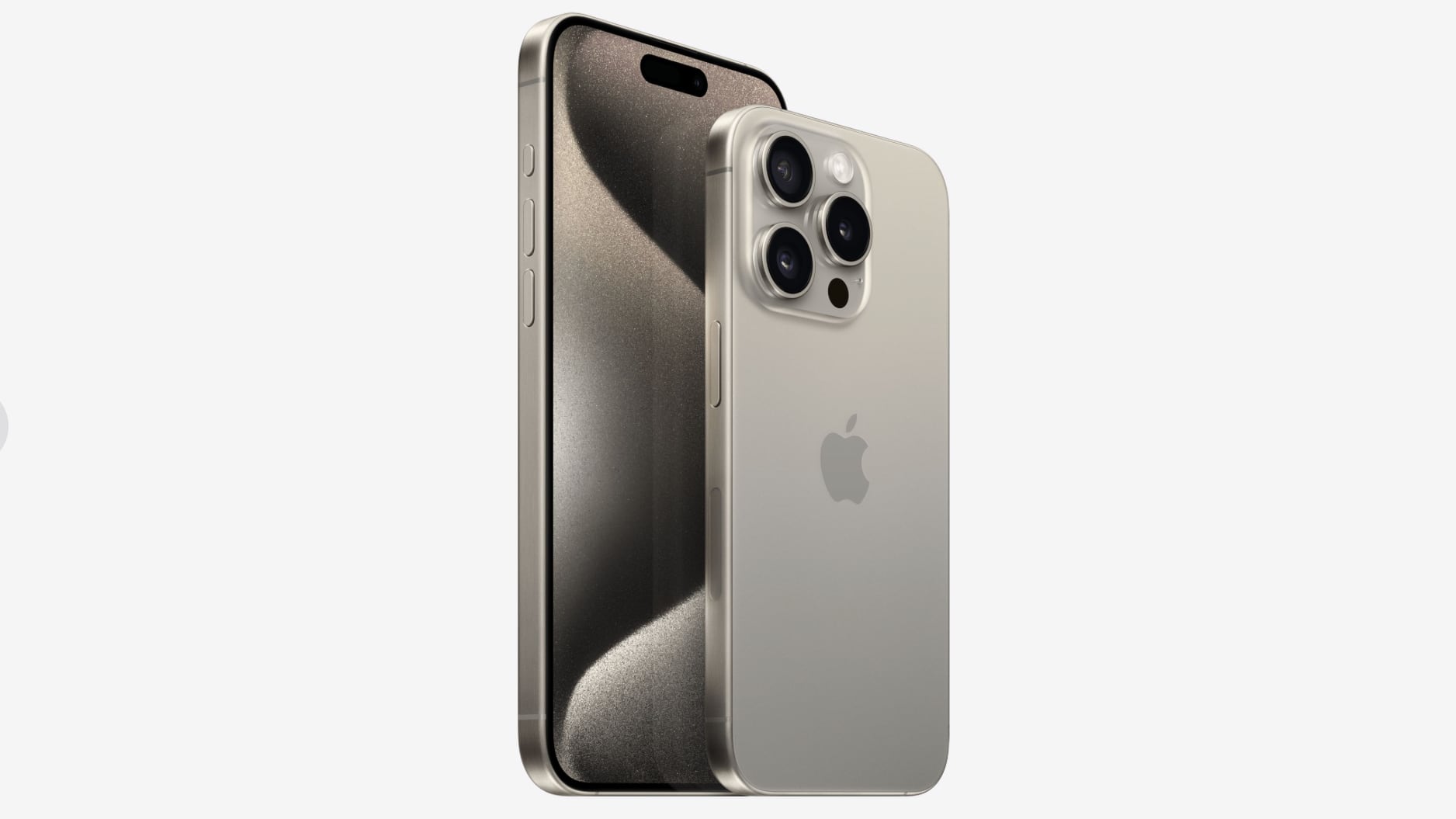
The first Geekbench scores for the iPhone 15 Pro have confirmed Apple's performance improvement claims for its new A17 Pro chip over last year's A16 Bionic chipset found in the iPhone 14 Pro.

As spotted by MySmartPrice, the benchmarking platform has recorded an iPhone 15 Pro tested in the wild with the model number iPhone 16,1 and a six-core CPU with a base frequency of 3.78GHz.
In the test result, the device scored 2,908 and 7,238 points in the single-core and multi-core tests, while last year's iPhone 14 Pro scored 2,642 and 6,739, respectively.
Meanwhile, an iPhone 15 Pro Max with the model number iPhone 16,2 scored 2,846 and 7,024 points in the single-core and multi-core tests respectively. That also compares favorably to last years iPhone 14 Pro Max, which scored 2,546 and 6,631 points in the same respective tests.
The Geekbench results also recorded 8GB of RAM for both iPhone 15 Pro models, compared to 6GB of RAM in last year's Pro models, corroborating previous reporting.
Apple's A17 Pro chip is made with a first-of-its-kind 3-nanometer process. The A17 Pro has a six-core CPU, for 10% faster CPU performance and 20% faster GPU performance. It also has a two-times faster 16-core neural engine to accelerate machine learning such as more accurate autocorrect or pulling a subject from an image. It can process up to 35 trillion operations per second.
In addition, the A17 Pro contains a brand new GPU with an Apple-designed shader architecture. Apple says it is the biggest redesign in the history of Apple GPUs, with a focus on performance and efficiency, running complex applications, and new rendering features.
The iPhone 15 Pro starts at $999 for 128GB of storage, while the iPhone 15 Pro Max starts at $1,199 for 256GB of storage. All of the new iPhone 15 models are available to pre-order starting Friday, September 15, and will launch on Friday, September 22 in more than 40 countries and regions around the world.
Article Link: iPhone 15 Pro Geekbench Scores Confirm Apple's Faster A17 Pro Chip Performance Claims, 8GB of RAM
Last edited:

